Happy May! In preparation for an upcoming exhibit on women and railroading at the Colorado Railroad Museum, we decided to feature Baltimore & Ohio railroad engineer Olive Dennis, and oyster pie.

Figure 1 Baltimore & Ohio route map, 1878.
Before we talk about Olive Dennis, let’s discuss the history of the Baltimore & Ohio (B&O) railroad. The B&O was chartered in 1827 and operations began in 1830. The first railroad chartered for transporting goods and passengers commercially in the U.S., it played a pivotal role in the nation’s history. At its peak, the railroad traversed 4,535 miles connecting over 13 states. It was in operation under the B&O name from 1828 through 1987, when it became part of the Chessie System.
As the railroad faced competition from automobiles and buses during the 1920s, executives realized they needed to improve its services – and its women ridership – if the B&O was to stay in business. One woman, Olive Dennis, became pivotal in that role.
Olive Dennis was born in Pennsylvania in 1885. From an early age, Dennis had an interest in engineering. In 1908 she graduated from Women’s College of Baltimore with a math and science degree. She received her math and astronomy master’s degree from Columbia University next, and then spent 10 years teaching high school math. Her interest in engineering, however, continued.
In 1920 Dennis became the second-ever woman to graduate Cornell with a degree in civil engineering. She was hired by the Baltimore & Ohio in its bridge engineering department. After 14 months of work in that department, Dennis was promoted to “Engineer of Service,” the title of a brand-new job where she was to ride the trains, note the improvements that could be made, and design and implement those improvements. Logging anywhere between a quarter of a million to half a million miles of riding in her 30 years in this position, Dennis created a comfortable and luxurious passenger experience for B&O travelers.
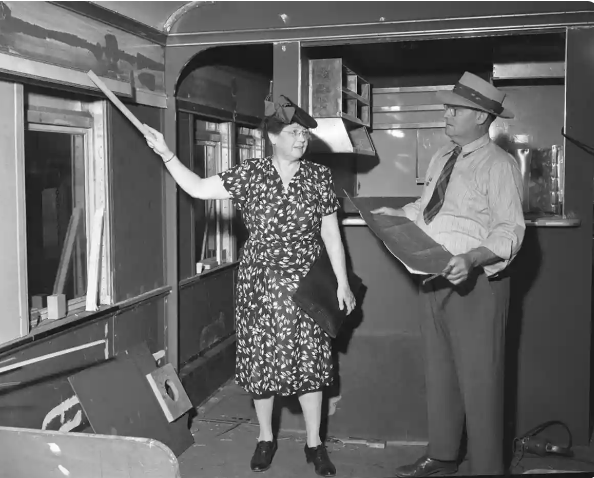
Figure 3 Olive Dennis suggesting improvements, 1947.
Olive Dennis’ improvements were both functional and aesthetic. She noticed that the chairs passengers sat on were hard and uncomfortable, and many women’s feet were not able to reach the floor. She created shorter, reclining seats with cushions to maximize comfort. Riding behind steam locomotives could be an unpleasant experience, with passengers contending with heat and stuffiness if car windows were closed, and cinders and smoke in the car with them open. Dennis created a ventilating system that allowed fresh air into the train car while keeping the soot out. These ventilators, patented as “Dennis Ventilators,” did not block the view from the window like previous systems did.
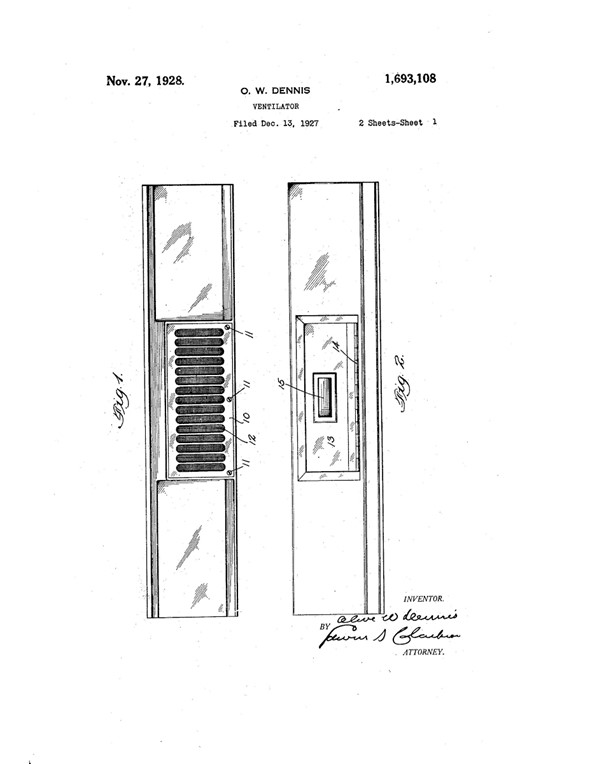
Figure 4 “Dennis Ventilator” patent, 1927.
Other improvements included spacious restrooms for passengers (especially mothers and their children) and changes to dining car menus to feature lighter fare considered more suitable for women. Dennis rode the train night and day, sleeping on the different mattresses available to best determine their comfort. She created a system of dimmable lighting for those passengers who wanted to read before they went to sleep. Dennis even designed a railroad dining china pattern that became the most popular china of the B&O. Originally called “Colonial” and today known by collectors as “Centenary,” this popular and classic pattern was introduced in 1927, upon the railroad’s centennial.
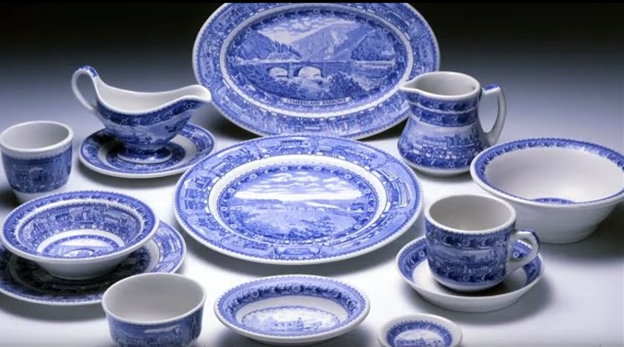
Figure 5 B&O railroad china, designed by Olive Dennis.
Out of the numerous improvements and achievements Olive Dennis made for the Baltimore & Ohio, the one that is often considered her crowning achievement was the streamlined Cincinnatian. She designed both the interior and exterior of this train, which featured the comfort, style, and efficiency Dennis had implemented on other trains. Utilizing older locomotives and cars completely rebuilt and modernized at the railroad’s Mt. Clare Shops in Baltimore (today home to the B&O Railroad Museum) and introduced in 1947 between Baltimore and Cincinnati, the Cincinnatian was considered the height of luxury.
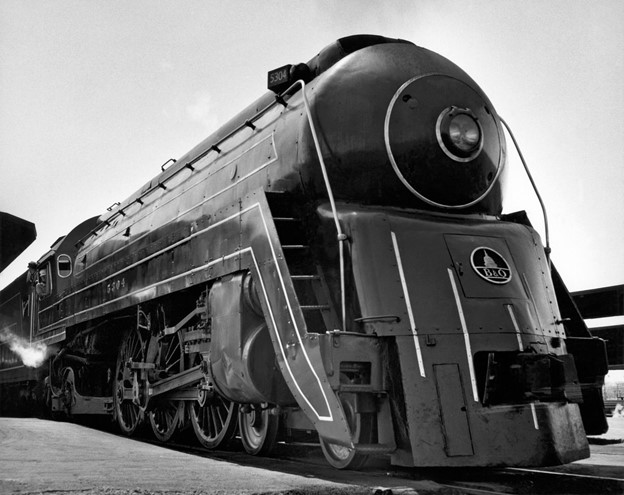
Figure 6 The streamlined Cincinnatian, introduced in 1947.
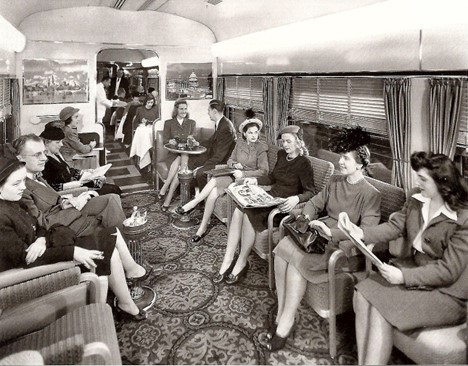
Figure 7 Interior of the Cincinnatian.
In addition to her work on the Baltimore & Ohio railroad, Olive Dennis regularly addressed various women’s groups about the role of women in railroading, and served as an active role model demonstrating what women were capable of. Dennis retired from the B&O in 1951, at the age of 65, and died six years later.
Our recipe today also comes from the B&O railroad. Oysters have a rich history worldwide and have been consumed since ancient times. The Romans were the first to cultivate them, considering the mollusks a delicacy. When oyster production increased along the eastern shore of the United States, oysters became cheaper to purchase than meat and fish and were consumed regularly through the 19th century. The Chesapeake Bay was one of the major producers of oysters, spanning eastern Virginia, Delaware, and Maryland, and thus giving the B&O a readily available source.
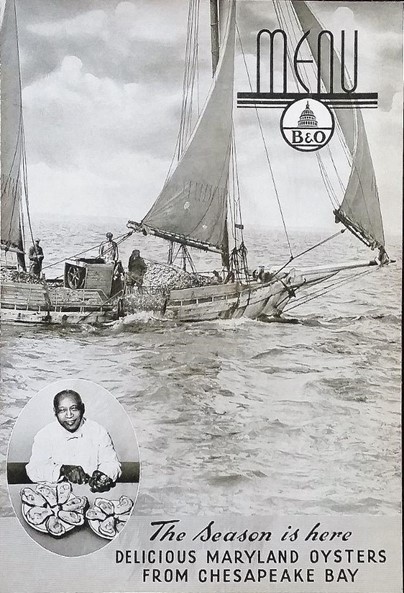
Figure 9 B&O dining car menu featuring Chesapeake Bay oysters, 1939.
The B&O’s proximity to the ocean made it easy for the railroad to offer oysters and a variety of other seafood dishes that would have been incredibly fresh. Lacking nearby bays and oceans, oysters nonetheless found their way to Colorado aboard Denver & Rio Grande trains as well, in a variety of forms including fried, boiled, and stewed (see figure 11).
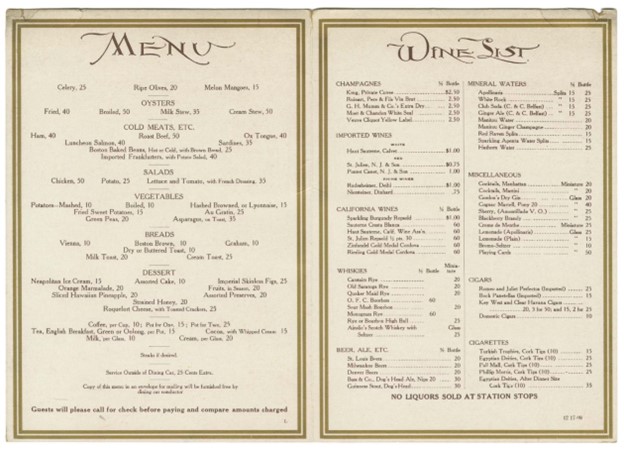
Figure 11 Denver & Rio Grande menu featuring oysters, 1909.
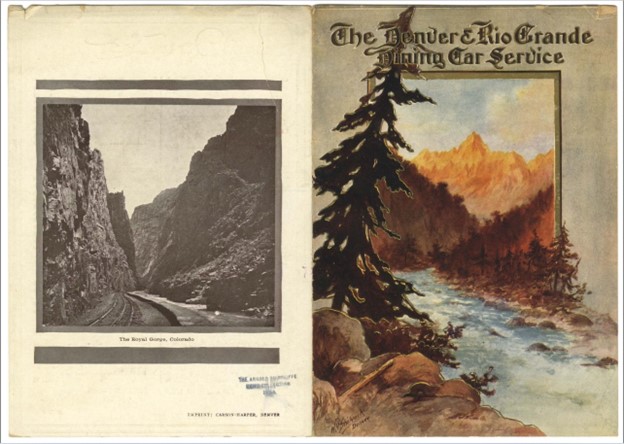
Figure 12 D&RG menu cover, 1909.
One of the first instances of an oyster pie recipe, a popular southern dish, was recorded in 1847 in the Carolina Housewife cookbook. Oyster consumption declined as oysters were overharvested through the 20th century, yet many today still enjoy their briny flavor. For more information on the history of oysters and the railroad, along with a great holiday recipe, see our previous post on oyster stuffing, linked here!
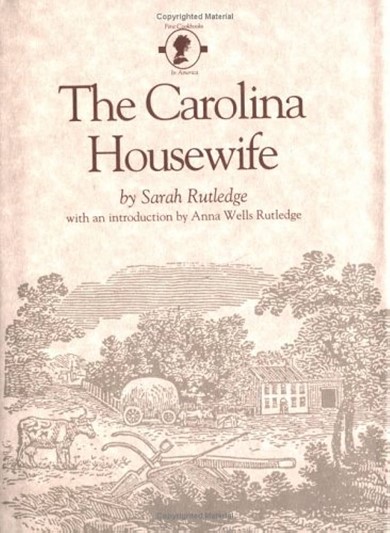
Figure 10 The Carolina Housewife cookbook, published in 1847.
We hope you enjoyed our brief history of the Baltimore & Ohio, Olive Dennis, and oysters – both on the B&O and the D&RG. If you try the recipe, please let us know in the comments below, or on our Facebook or Instagram pages. Stay tuned for more information on the Colorado Railroad Museum’s upcoming exhibit on women and railroading in the United States!
Oyster Pie
The Baltimore & Ohio operated in territory known for the finest oysters in the world. This renown led to a number of specialty dishes featuring oysters, and dining-car personnel were reminded to uphold the tradition by preparing the oysters with utmost care. To complete this main course, you’ll need a thin flaky meal dish pie crust.
Before you Begin
You’ll need: large saucepan, small saucepan, oven-proof casserole
Preheat oven to 375 degrees
Preparation time: 45 minutes
Yield: 4 servings
Ingredients
¼ cup butter
½ cup flour
½ cup milk
½ cup oyster liquor
1 pint oysters
4 carrots, diced
2 potatoes, diced
1 Tbsp. chopped parsley
4 Tbsp. grated onion
2 tsp. green pepper, finely chopped
dash, Tabasco sauce
salt and pepper to taste
Directions
In a large saucepan over medium heat, make a roux of the butter and flour. Add milk and oyster liquor, stirring until a fairly thick cream sauce forms. Put oysters in the sauce and cook over very low heat until the oyster edges begin to curl. Meanwhile, boil carrots and potatoes until tender, about 10 minutes. Drain and add them to the sauce. Add parsley, onion, green pepper, Tabasco sauce, salt and pepper. Stir to mix well and heat through. Put this filling in a deep casserole. Top with pie crust and place in oven for about 20 minutes, until crust is brown and filling bubbly.
Meal Dish Pie Crust
(Cotton Belt Route)
Before you Begin
You’ll need: medium mixing bowl, pastry blender, rolling pin
Preparation time: 15 minutes (plus one hour if prepared on a hot day)
Yield: dough for top and bottom pie crust or 6 individual pies
Ingredients
2 cups flour
Pinch, salt
Pinch, white pepper
Pinch, sugar
¾ cup lard or butter, room temperature
3-5 Tbsp. cold milk
Directions
In medium mixing bowl, lightly stir flour, salt, pepper, and sugar together. Cut lard into dry ingredients with a pastry blender until well mixed and coarse (pealike). Sprinkle in cold milk, one tablespoon at a time, and mix with a fork after each addition until pastry just holds together. Shape pastry into a ball with hands. If you are cooking on a hot day, wrap pastry in waxed paper and refrigerate 60 minutes before continuing. Divide pastry in half and shape each piece into a ball. On a lightly floured surface, using a lightly floured rolling pin, roll one ball of dough into a 1/8-inch thick circle. Use a knife or scissors to cut dough to size and shape sufficient to line pie pan or individual baking dishes, allowing a 1-inch overhang of dish edge. Fill crust as recipe directs. Roll remaining dough for top crust in the same manner. Trim to ½ inch beyond edge of baking dish. Pinch or fold overhanging dough surfaces together. Cut two or three slices in each top crust to vent steam. Bake according to recipe instructions.
These recipes were adapted from James D. Porterfield’s Dining by Rail.
Past Dining on the Rails Posts:
Dining on the Rails: Braised Rolled Calf’s Liver En Casserole and the Denver Zephyr
Dining on the Rails: Hashed Browned Potatoes and Potato Trains
Dining on the Rails: Champagne!
Railroad Hot Chocolate!
Pumpkin Pie!
Fred Harvey Coffee and Flank Steak
Roast Leg of Mutton
Mineral Water Lemonade
Roast Spring Lamb
Fruit Salad and Fruit Salad Dressing
Union Pacific Cole Slaw with Peppers
Bourbon Toddy
Cinnamon Toast and Children’s Menus
Harvey Girl Special Little Thin Orange Pancakes
Old Fashioned Navy Bean Soup
Apple Cider
Peach Cobbler
Barbeque
Mountain Trout
Eat like a Hobo!
Mother’s Day Shirred Eggs
How about a nice Old Fashioned?
French Toast, Anyone?
A Chocolatey Valentine’s Treat!
Western Pacific Pork Tenderloin
Cranberry Sauce
Oyster Stuffing!
Chicken Pot Pie
Chili
August 2021 – Pullman “Tom Collins” Cocktail
How about a salad?
Atchison, Topeka & Santa Fe Ham!
CRI&P’s New England Boiled Dinner
A Sweet Treat for your Valentine!
Black Eyed Peas!
Eggnog
Happy Thanksgiving!
Union Pacific Apple Pie
August 2020
July 2020
June 14, 2020
June 7, 2020
May 31, 2020
May 24, 2020
May 17, 2020
May 10, 2020
May 3, 2020
April 26, 2020
April 19, 2020
April 12, 2020
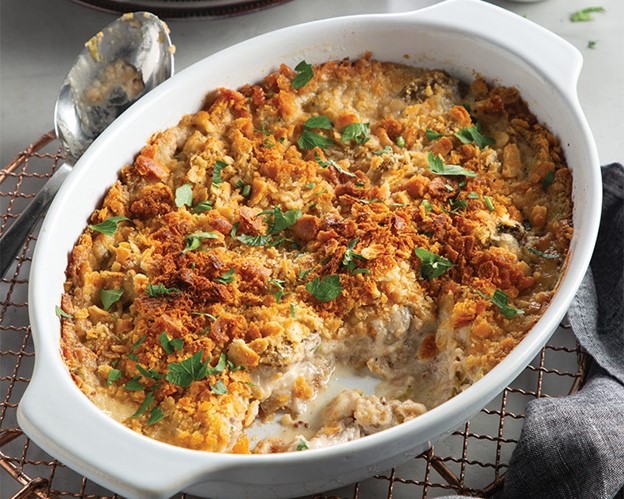
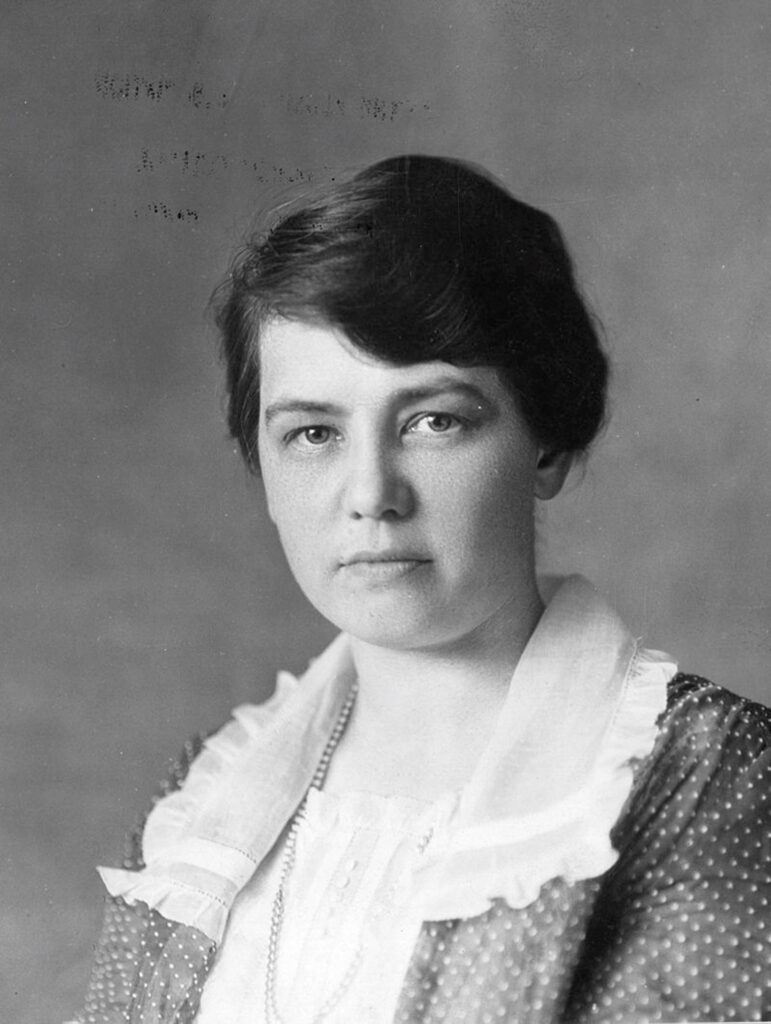
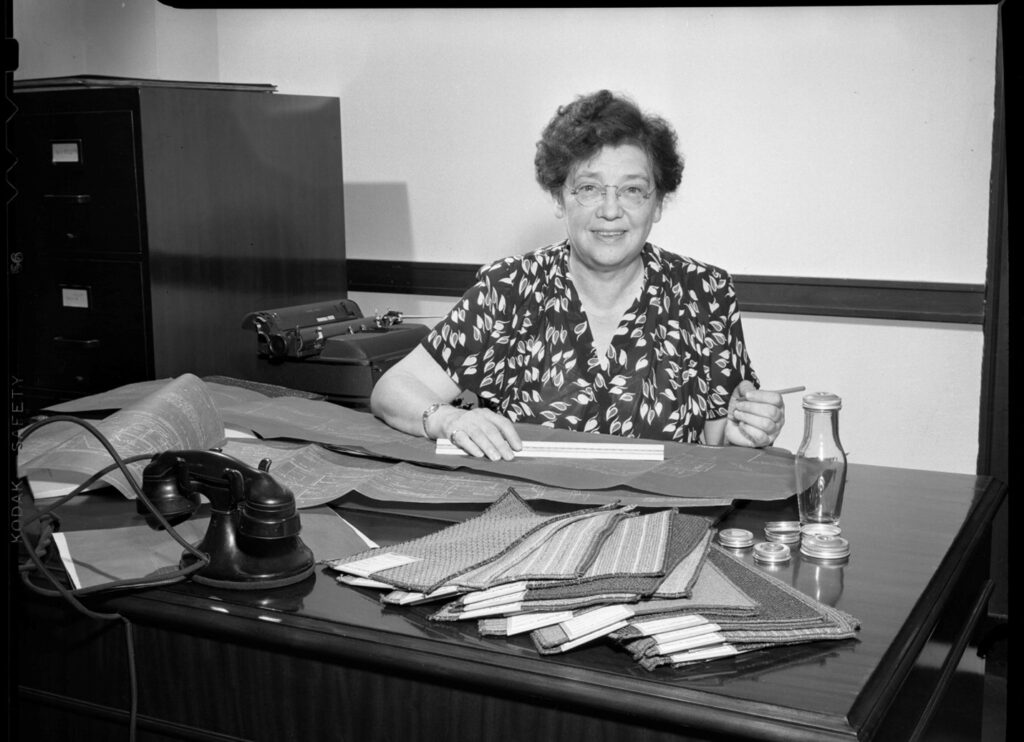
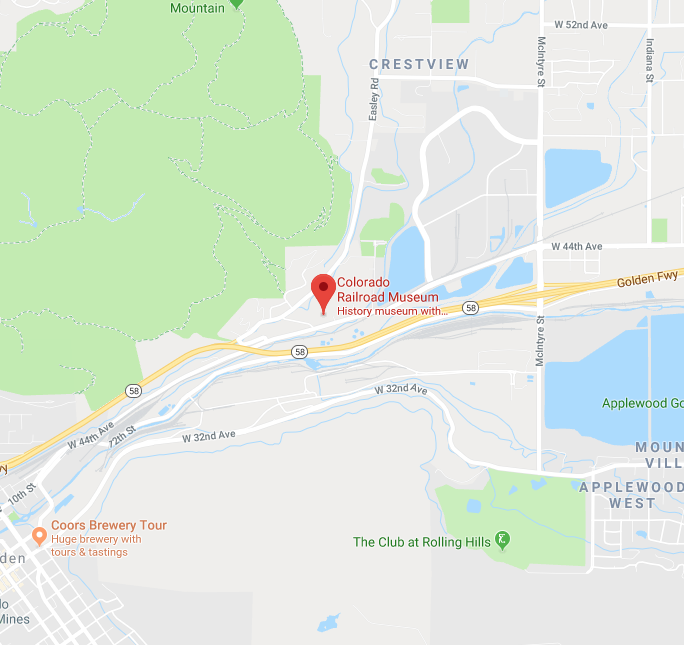


0 Comments